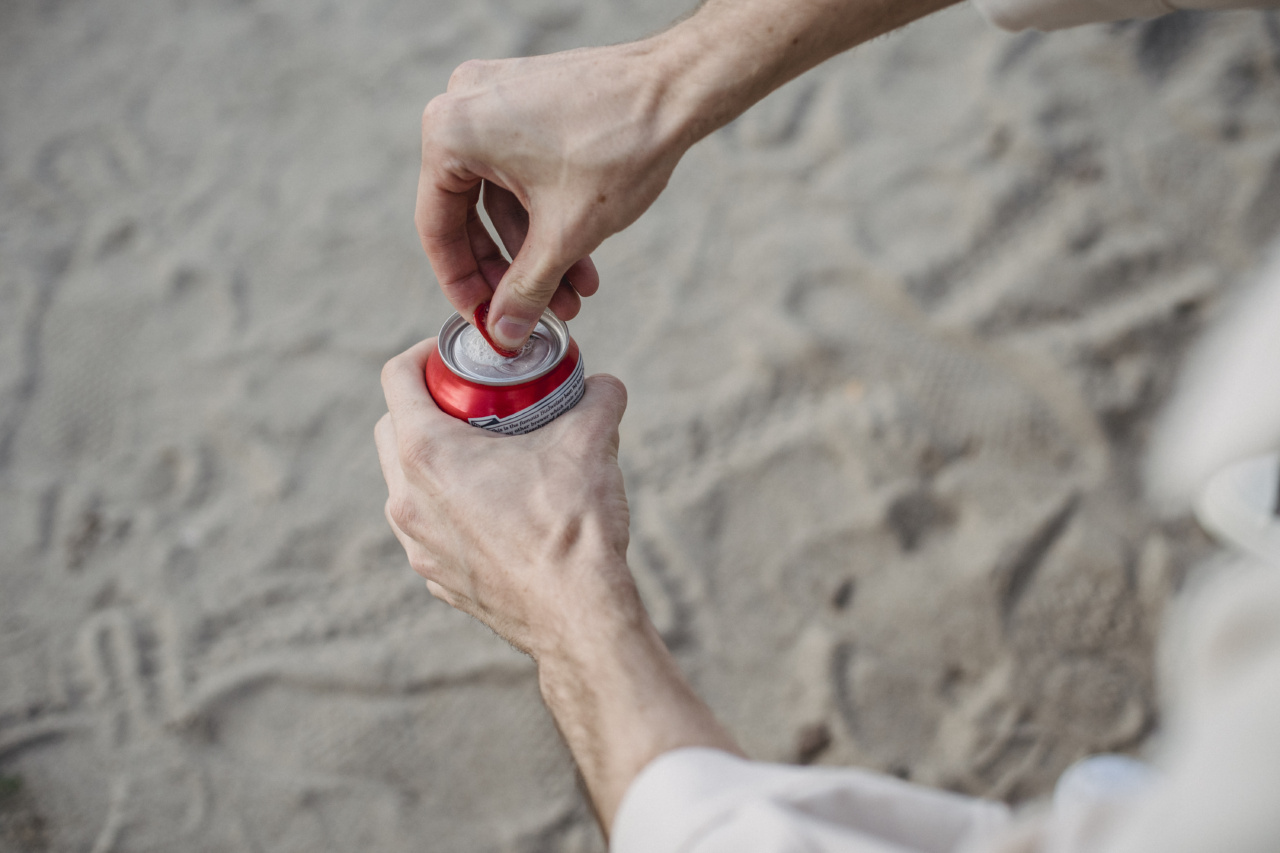In modern times, people are living longer than ever before. On average, people in developed countries are living into their seventies and even eighties.
Advances in medicine, improved nutrition, and technological advancements have all helped to increase our lifespan. However, in the 1950s, people did not live nearly as long. The average life expectancy in the United States was only around 68 years. So, how does the 50s era compare to modern times when it comes to longevity?.
The 50s: Time of Change
The 1950s in the US were a transitional time in many ways. World War II had ended just a few years prior, and soldiers were returning home to a very different country than the one they left.
The US was experiencing a postwar boom with many people moving from rural areas to urban centers in search of better opportunities. The economy grew, and the standard of living increased. Television became a staple in homes across the country, and families were starting to look different with more women entering the workforce.
The 50s are often idealized as an idyllic time of stability, prosperity, and conformity. However, this period is also known for its social inequality, racism, and political repression.
The McCarthy era, the Red Scare, and the civil rights movement all played major roles in shaping US society during this decade.
The 50s and Longevity: A Look at the Numbers
The life expectancy at birth in the United States in the 1950s was around 68 years. However, it is important to note that life expectancy statistics can be misleading.
They are based on the average age at which people die and do not necessarily reflect the quality of life or health outcomes for those individuals. Factors such as poverty, access to healthcare, and lifestyle choices can all impact life expectancy.
This means that while the overall life expectancy was lower in the 1950s, many people still lived long and healthy lives. For example, if someone reached the age of 65 in the 1950s, they could expect to live another 13 to 14 years on average.
This number is not too different from the life expectancy of someone who reaches 65 today, which is around 19 years.
Factors Affecting Longevity
There are many factors that can contribute to longevity and overall health. Genetics, lifestyle choices, and environmental factors can all play a role.
These factors have been examined in various studies to try and determine what contributes to a long and healthy life. Below are some of the most significant factors:.
1. Genetics
There is no denying that genetics plays a role in determining how long we live and how healthy we are. Some people are predisposed to certain conditions that can impact their lifespan.
However, genetics is only one part of the equation and does not necessarily determine our fate.
2. Diet and Nutrition
A healthy diet is one of the most important factors for maintaining good health and longevity. A diet rich in fruits, vegetables, whole grains, and lean protein can help prevent chronic diseases and keep the body functioning properly.
3. Exercise
Regular exercise has been shown to improve overall health and longevity. Exercise helps maintain a healthy weight, reduces the risk of chronic diseases, and can boost mental health and cognitive function.
4. Environmental Factors
The environment we live in can have a significant impact on our health and longevity. Exposure to pollutants, toxins, and other environmental hazards can increase the risk of chronic diseases and other health issues.
5. Lifestyle Choices
Lifestyle choices such as smoking, excessive drinking, and drug use can all impact our health and longevity. These habits increase the risk of chronic diseases such as heart disease, cancer, and respiratory illness.
Conclusion: The 50s and Longevity
The 1950s were a time of significant change and growth in the United States. While life expectancy was not as high as it is today, many people still lived long and healthy lives.
Factors such as genetics, diet, exercise, environment, and lifestyle choices all play a role in determining longevity and overall health. By making healthy choices and taking care of ourselves, we can increase our chances of living a long and healthy life.






























